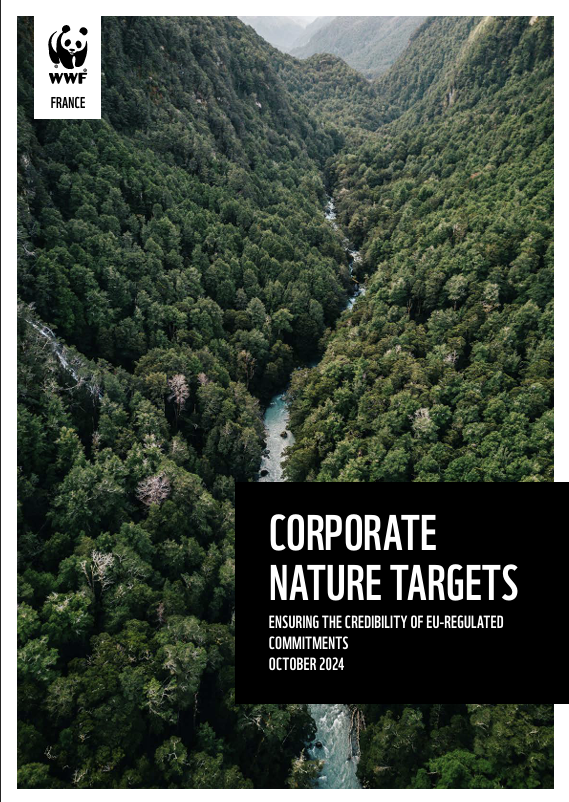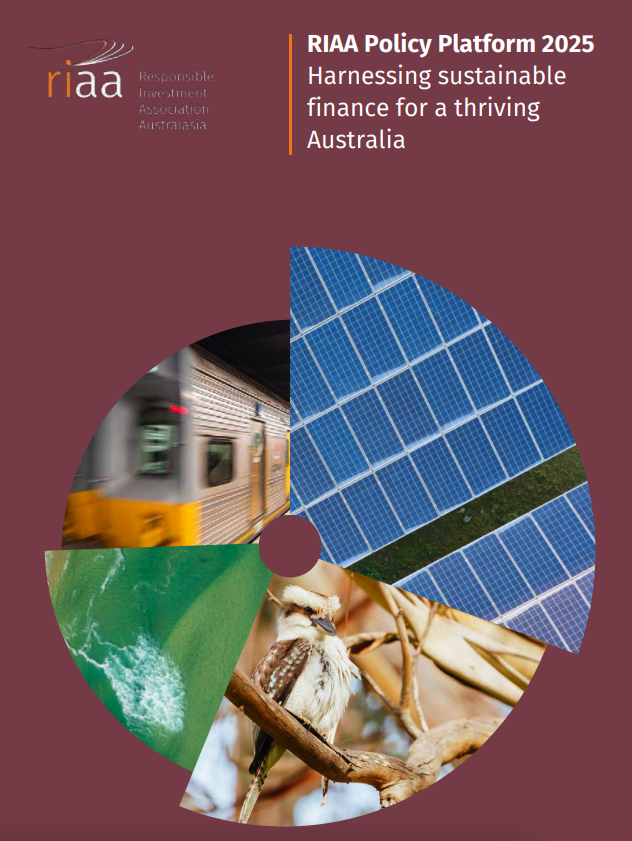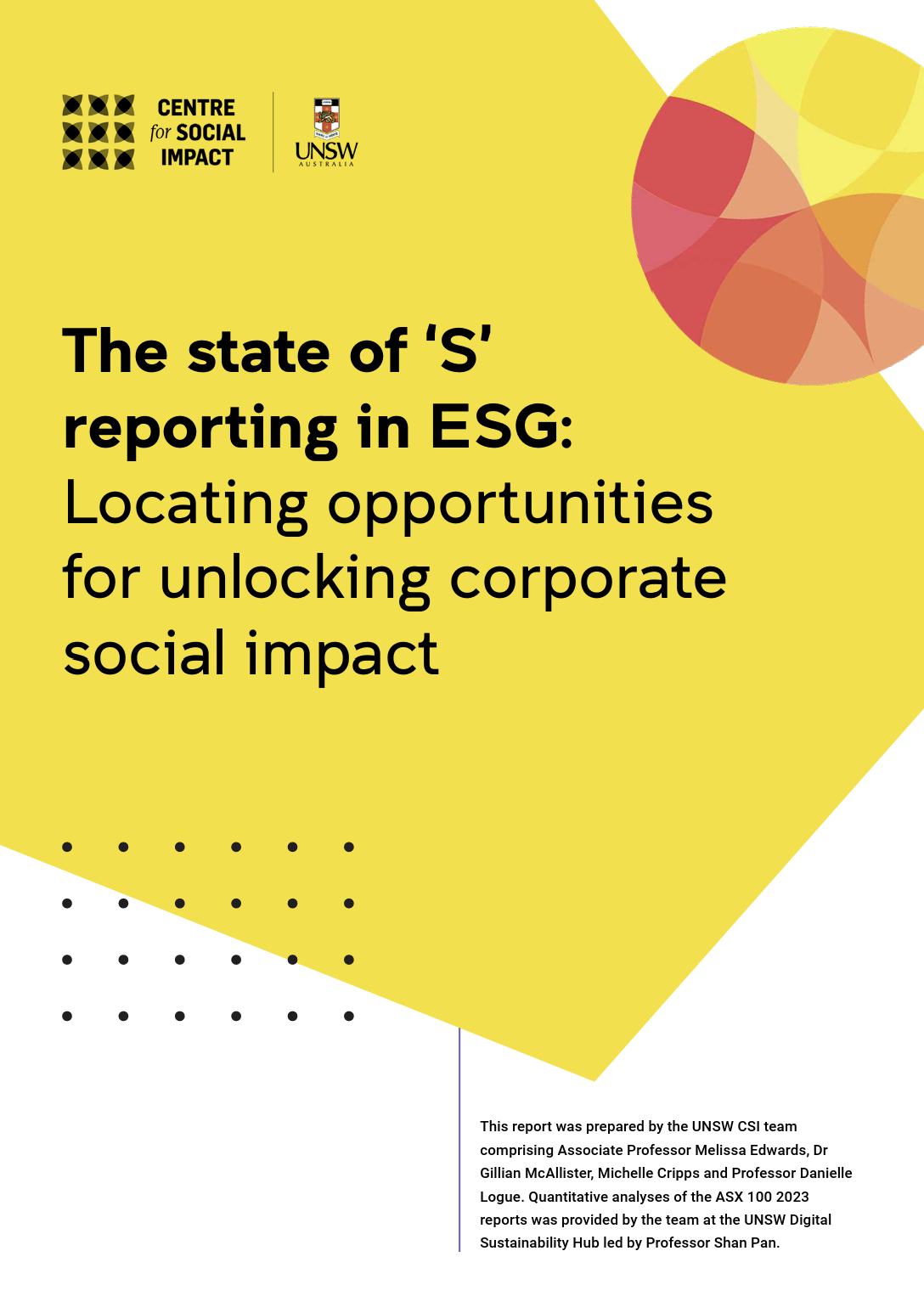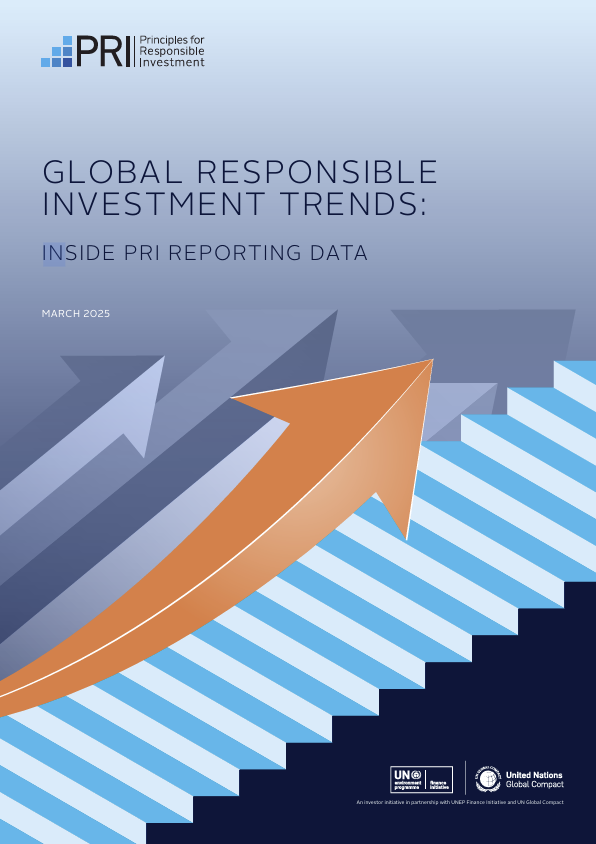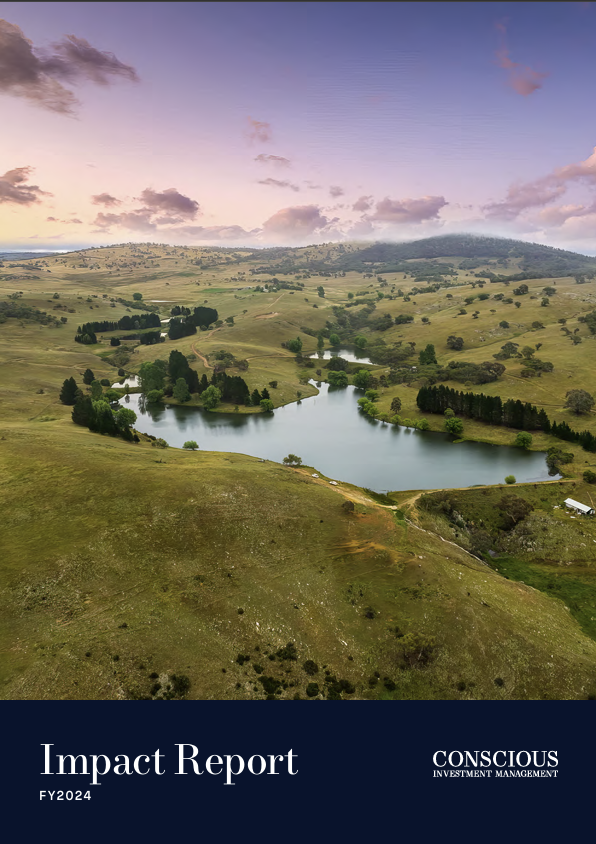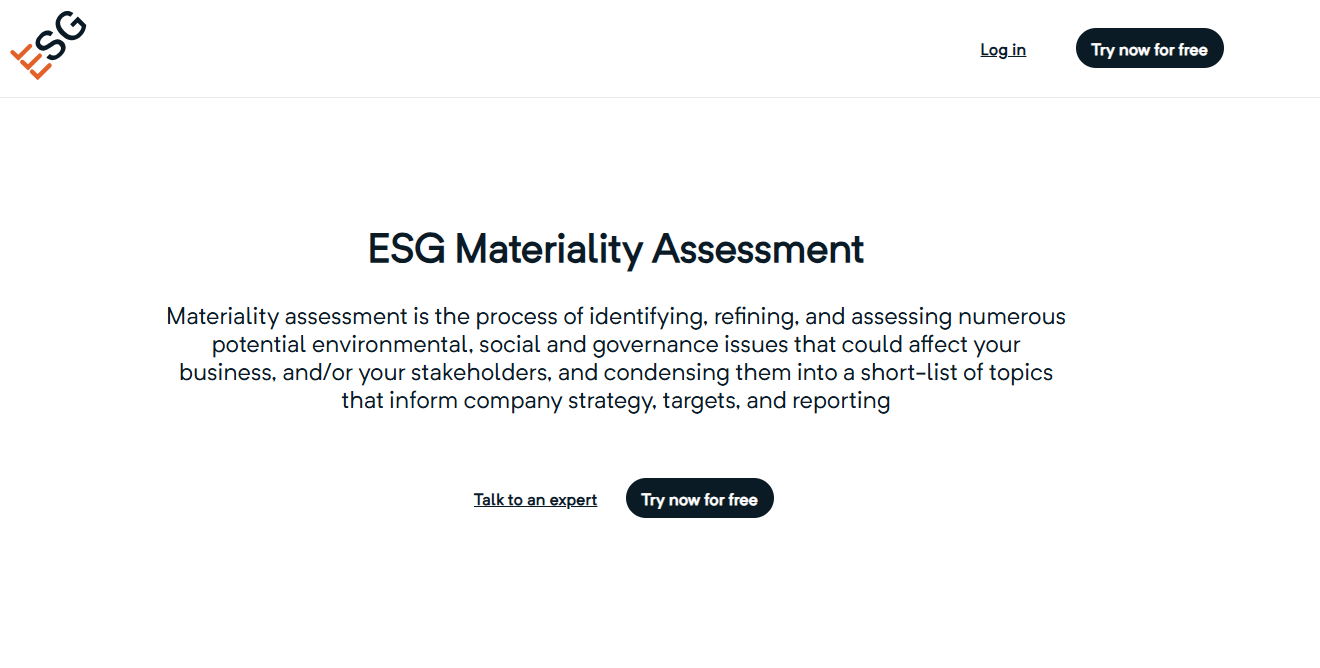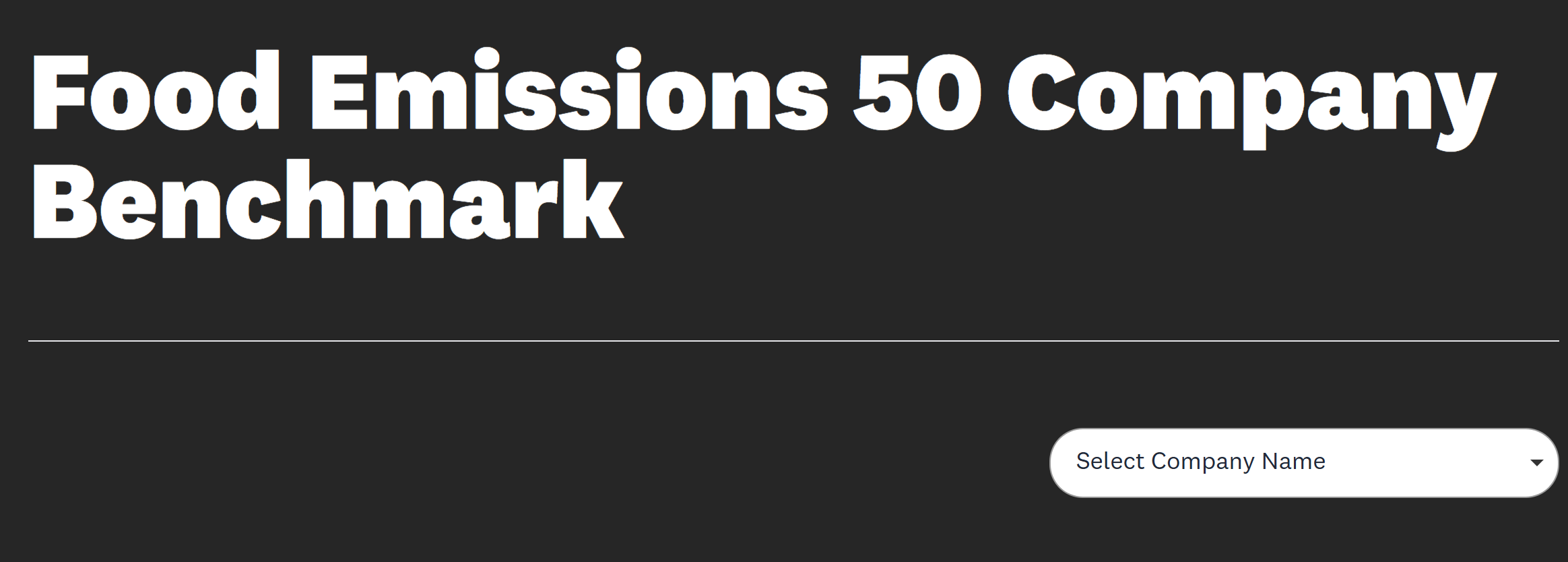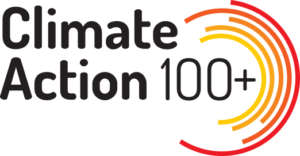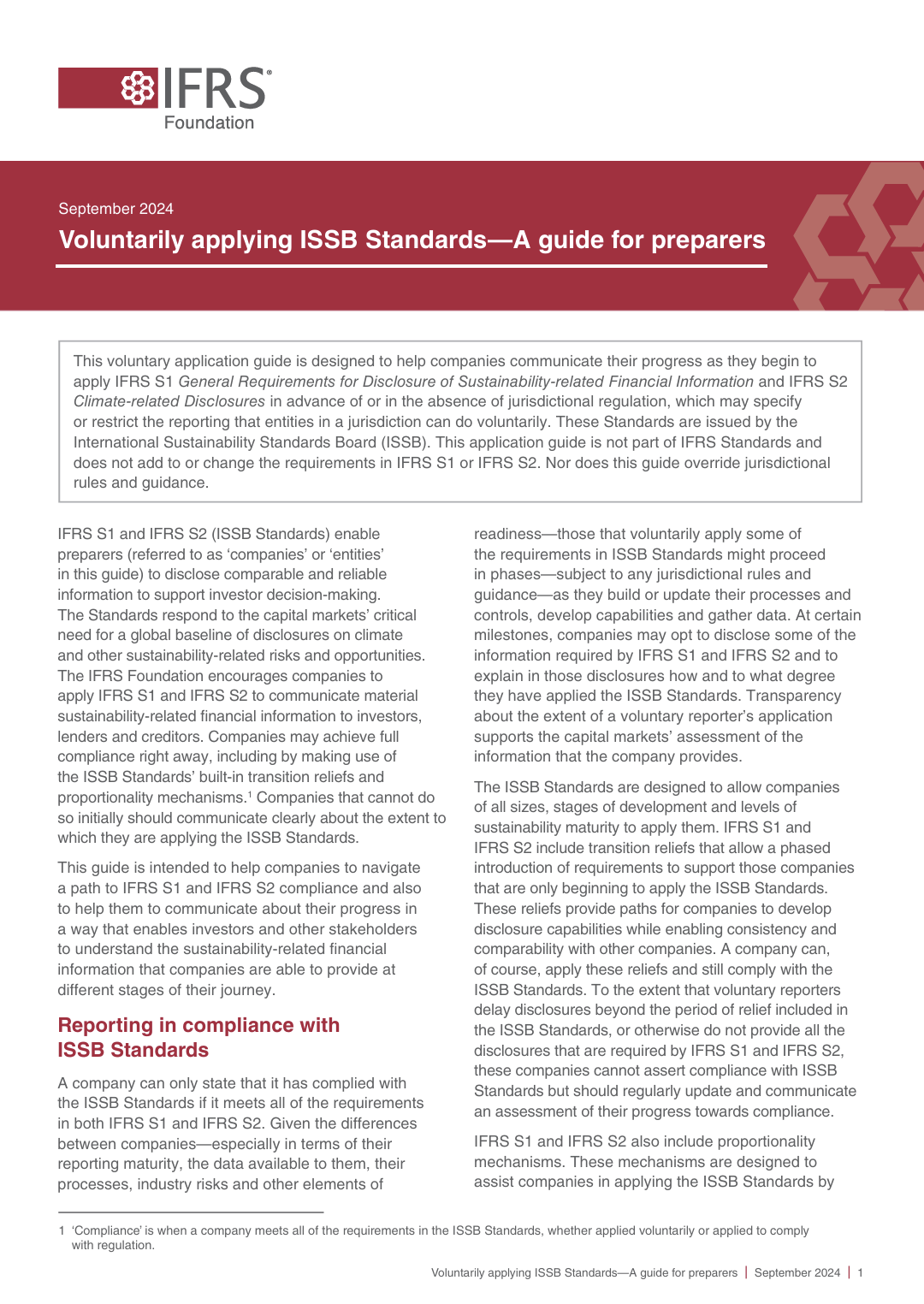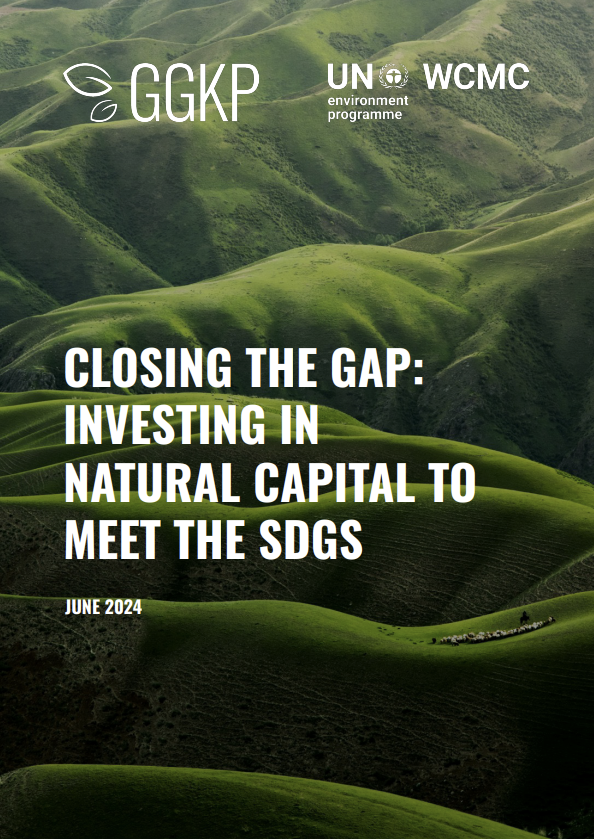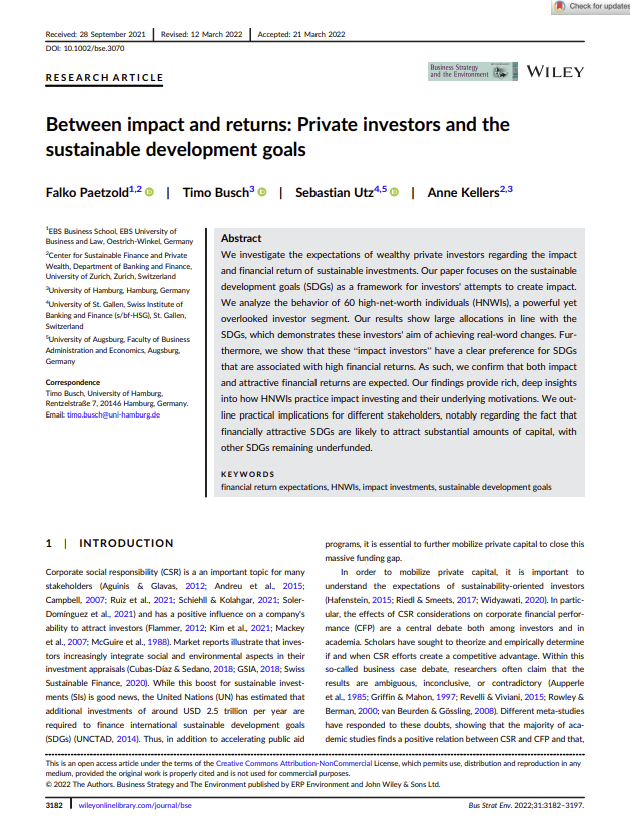Library | ESG issues
Targets & Accountability
Targets and accountability are essential for ensuring organisations and governments follow through on commitments to sustainability, climate action, and social responsibility. Setting measurable and transparent targets such as net-zero goals, emissions reductions, diversity benchmarks, and human rights protections allows for tracking progress and holding entities accountable. Clear, data-driven targets strengthen stakeholder trust and help align financial and business strategies with long-term sustainability objectives.
Refine
167 results
REFINE
SHOW: 16


Corporate nature targets: Ensuring the credibility of EU-regulated commitments
This report analyses EU corporate nature-target setting under the Corporate Sustainability Reporting Directive and European Sustainability Reporting Standards. It recommends aligning targets with Science Based Targets for Nature (SBTN) to enhance credibility, comparability, and ensure alignment with ecological thresholds, fostering transparency across corporate value chains and EU environmental objectives.
RIAA Policy Platform 2025: Harnessing sustainable finance for a thriving Australia
The RIAA Policy Platform 2025 outlines nine policy priorities and two principles to align Australia’s finance system with sustainability goals. It recommends regulatory reforms, improved data, Indigenous inclusion, and stronger accountability to mobilise capital for a net zero, nature-positive economy that supports long-term economic resilience and societal wellbeing.
Find it, fix it, prevent it: Modern slavery report 2024
CCLA’s 2024 report outlines investor-led efforts to address modern slavery through corporate engagement, policy advocacy, and improved data. Key sectors include construction and agriculture. Progress was made via benchmarking and collaborative initiatives, though disclosure and remedy remain limited. EU legislation and stakeholder coordination are driving further momentum.
The state of 'S' reporting in ESG: Locating opportunities for unlocking corporate social impact
This report analyses how ASX100 and leading private companies disclose social topics in ESG reporting. It identifies gaps in external impact measurement and highlights opportunities to standardise disclosures. Most reporting focuses on internal workforce issues, with less emphasis on value chain impacts and community engagement.
PRI's Pathways
The PRI’s Pathways tool supports investors in aligning portfolios with sustainability goals. It provides guidance on implementing responsible investment practices, frameworks for transitioning to net zero, and resources to assess portfolio alignment with environmental and social outcomes. The tool is structured for practical application across different asset classes and strategies.
Global responsible investment trends: Inside PRI reporting data 2025
The 2025 PRI report analyses data from 3,048 signatories, highlighting trends in climate risk management, stewardship, and human rights. Asset owners show increased engagement, with climate and social issues gaining priority. Investors continue integrating responsible investment into decision-making and oversight, with varied progress across policy, governance, and disclosure practices.
CIM's impact report 2024
CIM’s FY2024 Impact Report details investments in social and affordable housing, disability accommodation, and carbon farming. The portfolio supported 260 homes, 114 SDA dwellings, and biodiversity-focused climate projects, while applying rigorous impact measurement. The report reflects lessons from emerging sectors and First Nations partnerships.
The disability inclusion imperative
Companies excelling in disability inclusion earn higher revenue, profit, and productivity. Despite rising interest, action lags. Barriers include disclosure fears and cost assumptions. The report introduces a five-part “A List” framework—Access, Awareness, Advocacy, Action, Accountability—to guide inclusive practices and improve organisational and financial outcomes.
Drova’s ESG stakeholder materiality assessment
Drova’s ESG Stakeholder Materiality Assessment is a digital tool designed to identify and prioritise environmental, social, and governance issues relevant to an organisation and its stakeholders. Aligned with frameworks such as the Global Reporting Initiative (GRI), it facilitates stakeholder engagement and produces a materiality matrix to inform sustainability strategy. The platform streamlines the assessment process, reducing time and cost compared to traditional methods.
Ceres' food emissions 50 company benchmark
The Food Emissions 50 Company Benchmark evaluates major North American food companies on greenhouse gas emissions disclosures, reduction targets, and climate transition plans. It highlights progress in reporting scope 3 emissions and setting science-based targets, while identifying areas needing improvement, such as aligning growth strategies with emissions goals.
CA100+ net zero benchmark
Climate Action 100+ focuses on 169 companies crucial to the global net-zero emissions transition. The tool provides assessments of these companies' alignment with climate goals, aiding investors in evaluating climate-related financial risks and opportunities.
Voluntarily applying ISSB Standards—A guide for preparers
The guide assists entities in voluntarily adopting IFRS S1 and IFRS S2, facilitating consistent disclosure of sustainability-related financial information. It outlines transition reliefs and proportionality mechanisms to ease initial compliance challenges, aiding preparers in effectively communicating sustainability progress to investors and stakeholders regardless of jurisdictional regulations.
Closing the gap: Investing in natural capital to meet the SDGs
The report analyses the investment required to address the natural capital gap for achieving Sustainable Development Goals in 40 countries, finding that investing US$7.4 trillion could generate returns exceeding US$152 trillion, greatly benefiting air quality, human health, ecosystems, and reducing premature deaths and resource depletion globally.
Between impact and returns: Private investors and the sustainable development goals
Wealthy private investors increasingly align their portfolios with the UN Sustainable Development Goals (SDGs), seeking both measurable impact and financial returns. Investors favour SDGs linked to higher expected profits, leading to underinvestment in less profitable goals. Findings are based on portfolio data, surveys, and interviews with 60 high-net-worth individuals.
Australian Impact Investments (Aii)
Australian Impact Investments (Aii) is a specialist asset consulting firm dedicated to mobilising capital for positive social and environmental impact alongside financial returns. Established in 2014, Aii collaborates with charitable trusts, foundations, family offices, wealth advisors, and institutions, offering bespoke impact strategies, rigorous investment analysis, and comprehensive portfolio management. With a focus on responsible investing, Aii assists clients at every stage of their impact journey.
Building disaster- and climate-resilient infrastructure through public–private partnerships
The report discusses leveraging public–private partnerships (PPPs) to build disaster- and climate-resilient infrastructure in Southeast Asia, addressing funding gaps, enhancing regulatory frameworks, and integrating resilience measures. It highlights Australian practices, aligning climate, disaster, and inclusion goals for sustainable infrastructure development.
